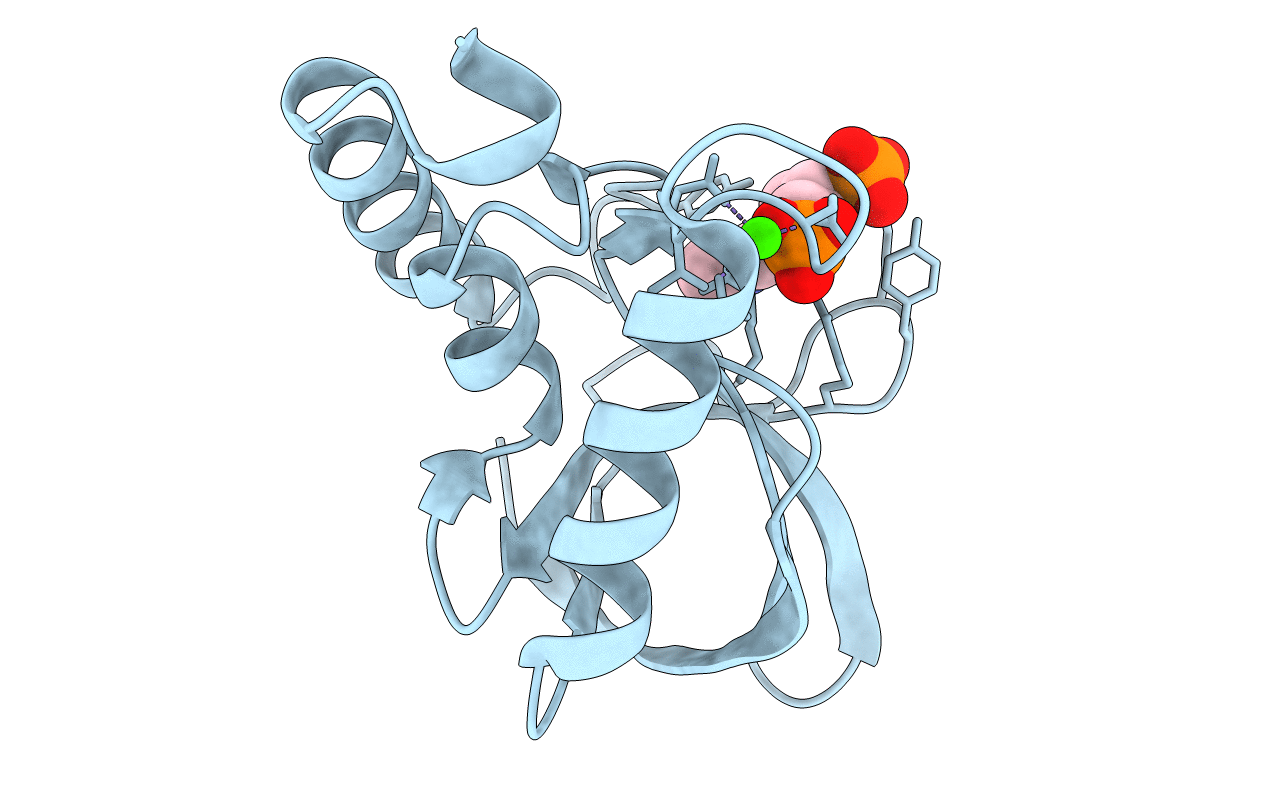
Deposition Date
2010-09-09
Release Date
2011-09-21
Last Version Date
2023-09-06
Entry Detail
PDB ID:
3OSO
Keywords:
Title:
Crystal structure of Staphylococcal nuclease variant Delta+PHS L25A at cryogenic temperature
Biological Source:
Source Organism:
Staphylococcus aureus (Taxon ID: 1280)
Host Organism:
Method Details:
Experimental Method:
Resolution:
1.60 Å
R-Value Free:
0.20
R-Value Work:
0.16
R-Value Observed:
0.17
Space Group:
P 1 21 1


